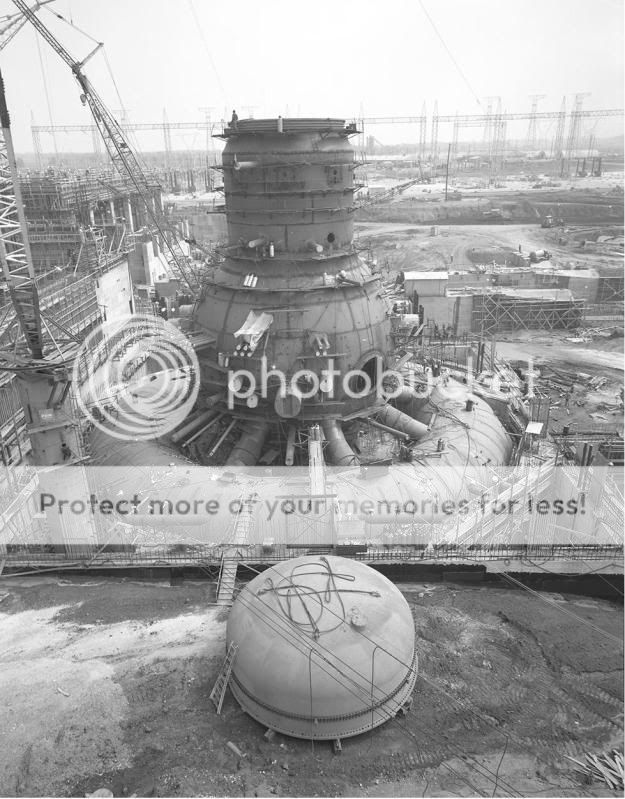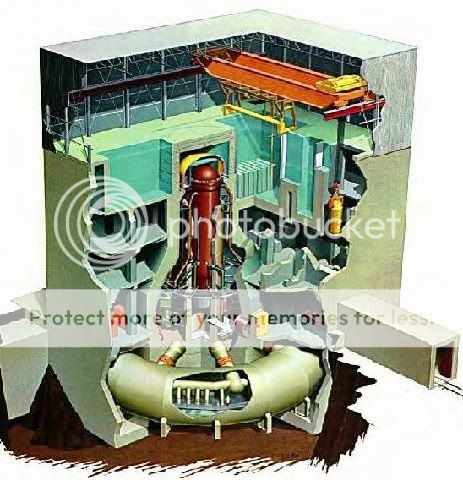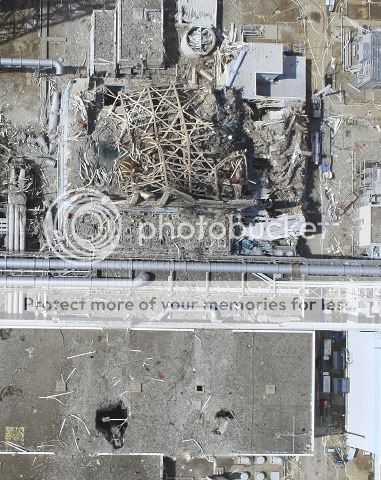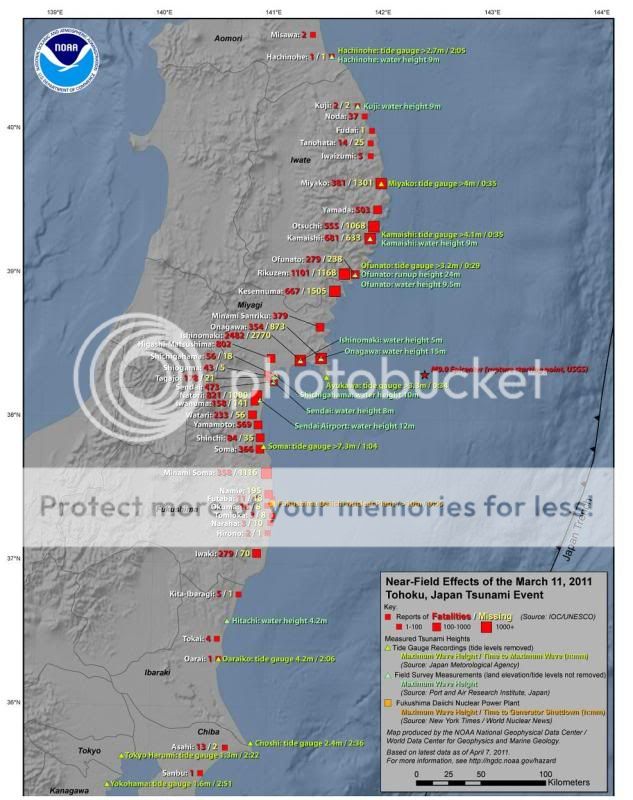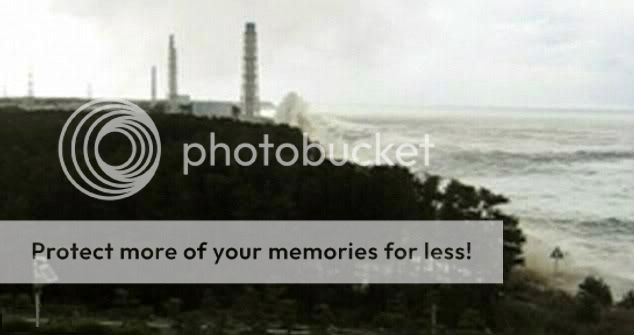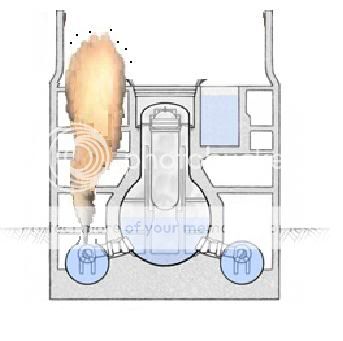pgm
Member
Unless you've been living under a rock, you probably know that the Tohoku Earthquake in northeastern Japan caused a nuclear crisis as there were many struggles to get the fuel rods cool. What you may not know is this incident has created a general fear and hatred of nuclear power throughout Japan and officials who have shut down plants for routine inspection have been finding it politically impossible to turn them back on. Right now, less than a quarter of Japan's 54 nuclear reactors are online.
Japan is trying to switch to oil-powered plants and fuel-importation costs are likely to rise by 3 trillion yen (39 billion USD). New P.M. Noda says he will be more permissive of nuclear power, but as Japan has been averaging a new prime minister every year for quite a while and because of public opposition, I'm pretty doubtful that he can reverse this trend.
So, do you think Japan should be reducing its dependence on nuclear power? What does this mean for world energy costs? Germany is also trying to eliminate nuclear energy. Do you think this will become a worldwide trend?
Japan is trying to switch to oil-powered plants and fuel-importation costs are likely to rise by 3 trillion yen (39 billion USD). New P.M. Noda says he will be more permissive of nuclear power, but as Japan has been averaging a new prime minister every year for quite a while and because of public opposition, I'm pretty doubtful that he can reverse this trend.
So, do you think Japan should be reducing its dependence on nuclear power? What does this mean for world energy costs? Germany is also trying to eliminate nuclear energy. Do you think this will become a worldwide trend?

